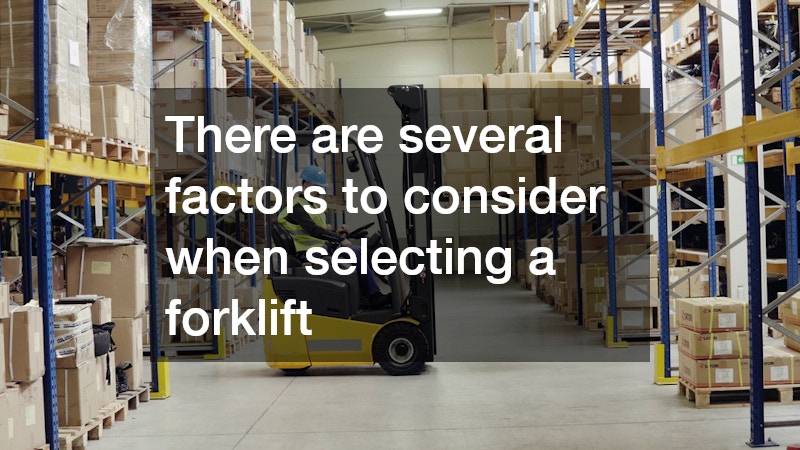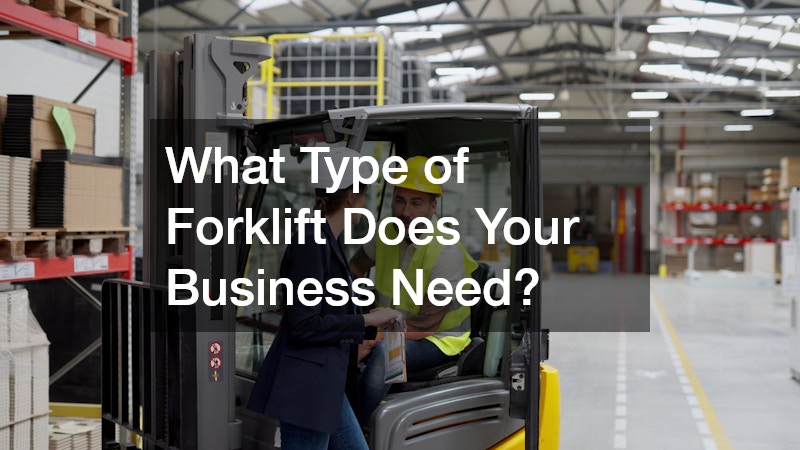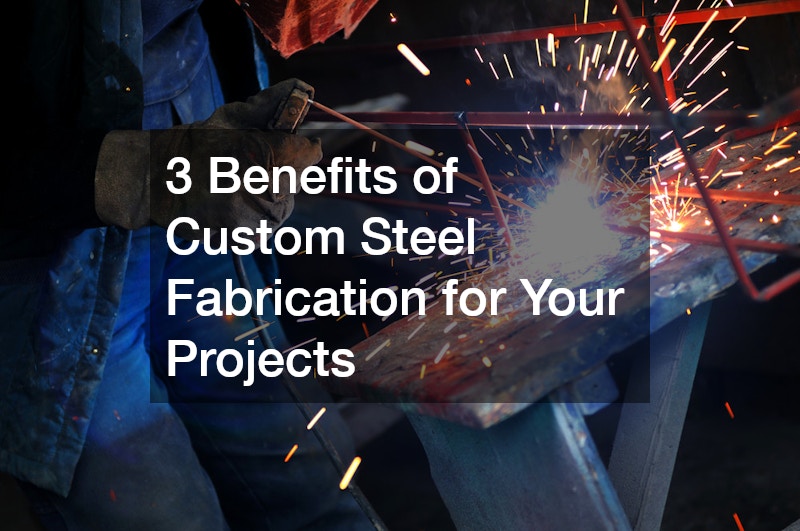Forklifts are essential pieces of equipment in various industries, designed to lift and move heavy loads safely and efficiently. The forklift’s primary purpose is to facilitate the transportation of goods over short distances, making it indispensable in warehouses, shipping yards, and construction sites. Depending on the specific needs of your business, the right type of forklift can greatly enhance productivity and operational efficiency.
Understanding how forklifts function and what they are capable of will help you make an informed decision when choosing the best forklift for your business needs.
There are several factors to consider when selecting a forklift, including the type of load, the environment in which the forklift will be used, and the frequency of use. Additionally, safety features and ergonomic designs play a vital role in the suitability of a forklift for your business. It’s crucial to familiarize yourself with the variety of forklift models and their unique capabilities before making a purchase. By doing so, you ensure that your chosen forklift can handle the specific demands of your industry and contribute to the smoother operation of your business.
Forklift classification is typically based on factors like tire type, operator position, and fuel source. Class I forklifts, for instance, are electric counterbalanced trucks suitable for indoor use, whereas Class IV trucks are powered by internal combustion engines and more suited for outdoor environments. Knowing the differences and functionalities of these classifications can greatly aid in narrowing down the options. Choosing the right forklift class not only improves efficiency but also ensures compliance with industry regulations and standards. Thus, understanding each aspect of forklifts is a fundamental step in selecting the appropriate machinery for your specific needs.
Different Types of Forklifts
There are many different types of forklifts, each tailored to specific tasks and environments. Counterbalance forklifts, the most common type, feature a weight at the rear to balance the load and are versatile in both indoor and outdoor settings. Reach forklifts, on the other hand, are designed to operate in narrow aisles, primarily for indoor use, and offer extended reach to access high storage locations. Understanding these differences is critical to determining the forklift that most closely aligns with your business objectives and operational demands.
Pallet jacks, both manual and electric, are perfect for horizontal transportation within warehouses and are especially useful for moving palletized goods over short distances. For businesses operating outdoors or in less traditional settings, rough terrain forklifts are equipped with special tires to navigate uneven surfaces with ease. Additionally, the forklift industry has seen advancements like telescopic handlers, which combine the functionality of a forklift with the extended reach of a crane. These machines are ideal for industries like agriculture and construction, where the versatile lifting of materials is required.
Selecting the appropriate forklift type also involves consideration of power source options, such as electric, diesel, or propane. Each power source comes with its own advantages and limitations, including factors like emission output, fuel cost, and maintenance requirements. For instance, electric forklifts are environmentally friendly and suitable for indoor use, while diesel-powered forklifts are more suited to outdoor, heavy-duty applications. Understanding the nuances of each forklift type, along with their operational limits and strengths, will enable you to make a decision that maximizes the value and utility of your forklift investment.
Evaluating Your Business Needs
Evaluating your business needs is a critical step in determining the right forklift for your operations. Start by considering the specifics of your load requirements, such as the typical weight and size of materials you handle. Understanding your logistical processes, including the frequency and duration of forklift use, can further clarify the type of forklift suitable for your workplace. Additionally, analyze the physical environment, such as aisle width, ceiling height, and surface conditions, which can impact the choice of forklift. By thoroughly assessing these factors, your organization can streamline operations and enhance productivity.
While evaluating needs, consider the importance of operator comfort and safety in the workplace. Modern forklifts are designed with ergonomic features to reduce operator fatigue during long shifts. Features like adjustable controls, comfortable seating, and advanced safety mechanisms, such as all-around visibility and stability controls, enhance the operational environment significantly. Investment in such features not only boosts efficiency but also promotes a safer workplace, reducing the risk of accidents and associated downtime. Ensuring that your chosen forklift supports these elements is pivotal for maintaining a productive and safe operational environment.
Lastly, factor in the total cost of ownership (TCO), which includes initial purchase price, maintenance costs, and the lifespan of the forklift. It’s essential to balance upfront costs with the long-term benefits provided by the machinery, considering how energy-efficient or easy-to-maintain a particular forklift model is. Leasing options may provide flexibility if your operational needs change frequently, offering an opportunity to adapt to market demands. By carefully weighing the financial implications against operational benefits, your business can ensure a meaningful and cost-effective investment in the right forklift solution.




